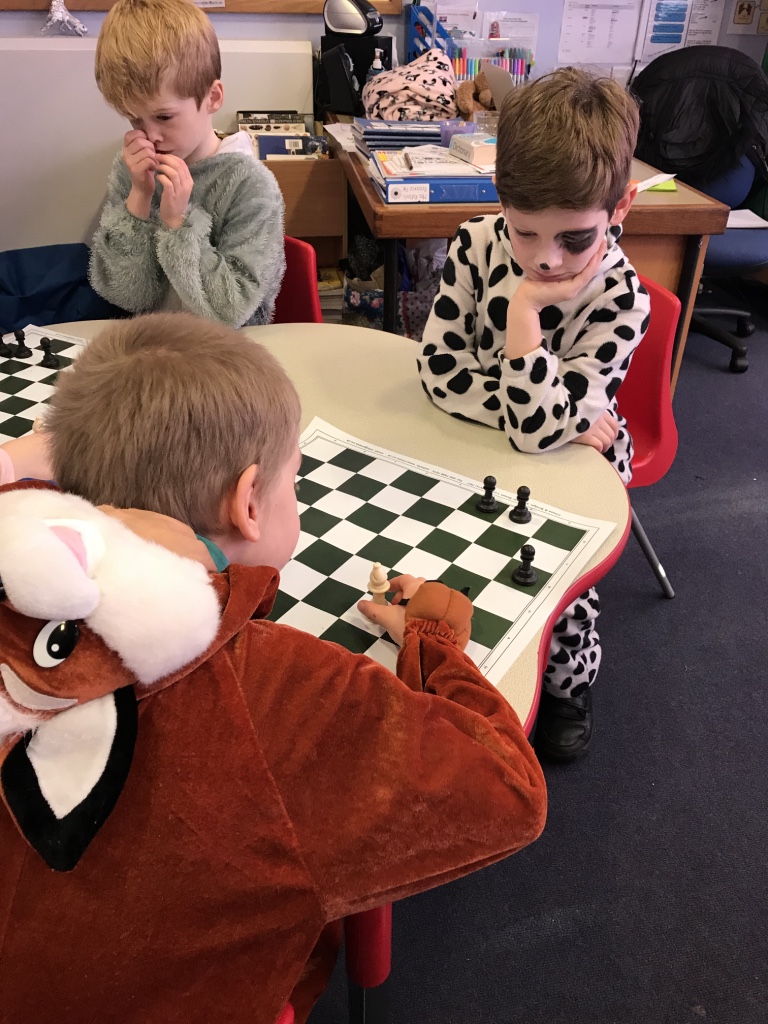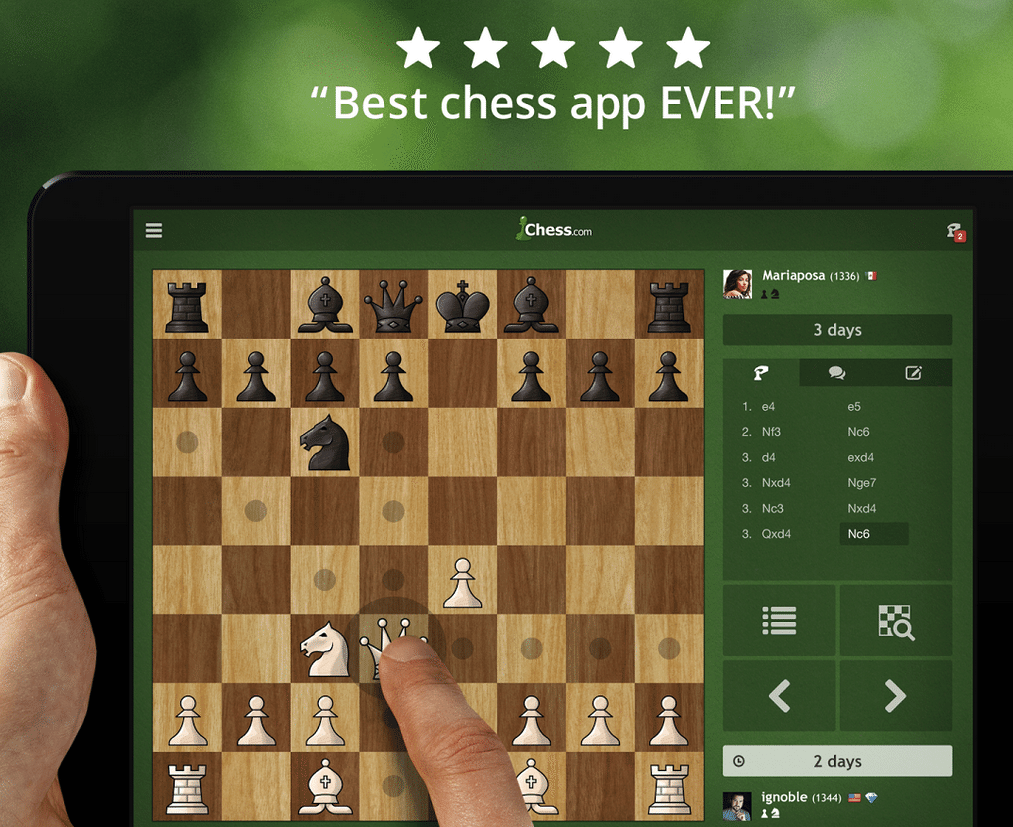
However, any text in a given book set on a graphical background or in handwritten fonts would most likely not be picked up by the OCR software, and is therefore not searchable. The result of this OCR process is placed invisibly behind the picture of each scanned page, to allow for text searching.
CHESS MINIPLAY PDF
Most older books are in scanned image format because original digital layout files never existed or were no longer available from the publisher.įor PDF download editions, each page has been run through Optical Character Recognition (OCR) software to attempt to decipher the printed text. These products were created by scanning an original printed edition. While the PCs may be playing Lanceboard, the Players are still playing D&D, which therefore allows for some creative gameplay. Though the rules of Lanceboard are just like Chess, there are some important distinctions. The latter scenario is how they first (literally) fell into the hands of small-folk passing below. On boring afternoons, they usually gather around their Lanceboards and engage in friendly contests by commanding the dolls to stab, bludgeon and maim each other.ĭepending on the disposition of the Cloud Giant, damaged pieces would either be meticulously repaired or nonchalantly discarded. Magic is childs-play for Cloud Giants, and they wield it effortlessly like toys for their amusement. However, this is exactly the reason that the game exists. Floating high above in the skies in their fantastic cloud castles, it seems a waste of their vast arcane knowledge to craft intricate mechanical dolls that could fight on command. The game of *Lanceboard* was first created by the enigmatic **Cloud Giants**. As a result, fully functioning Lanceboards are usually found in the possession of powerful mages looking to show off their enchantment skills. However, it remains a game of the elite since few can afford full-sized mechanical units that move and fight on verbal command. It has been used over the ages to both entertain and educate. The game of Lanceboard finds its roots in the fundamentals of battlefield strategy. This is called castling.Lanceboard - Ruleset for running a Chess mini-game within D&D Then, immediately move your rook over to the other side of your king.

Queen: Go as many squares as possible in any direction.You cannot move the king into any space where one of your opponent's pieces could capture it. Like the rook, they have to stop at the square just before one of your own pieces, or capture an opponent's piece and stop there. Bishops: Go as many squares as possible diagonally.Knights are the only pieces that jump over other pieces and only capture an opponent's piece if it's on the final square of the move. Knights: Move 2 squares horizontally or vertically, then 1 square to the right or left of that second square.

If one of your opponent's pieces is in the way, capture it with your rook and stop there. If one of your pieces is in the way, the rook has to stop at the square just before. Rooks: Go as many squares as possible horizontally or vertically.Pawns capture other pieces diagonally, moving one space diagonally forward. Pawns: Move 1 square forward per turn, except on their first turn, when they can move forward 2 squares.

Each type has its own way of moving across the board and potentially capturing your opponent's pieces as it goes. Each player controls 16 pieces: 8 pawns, 2 bishops, 2 knights (little horse heads), 2 rooks (little castle towers), 1 king, and 1 queen.


 0 kommentar(er)
0 kommentar(er)
